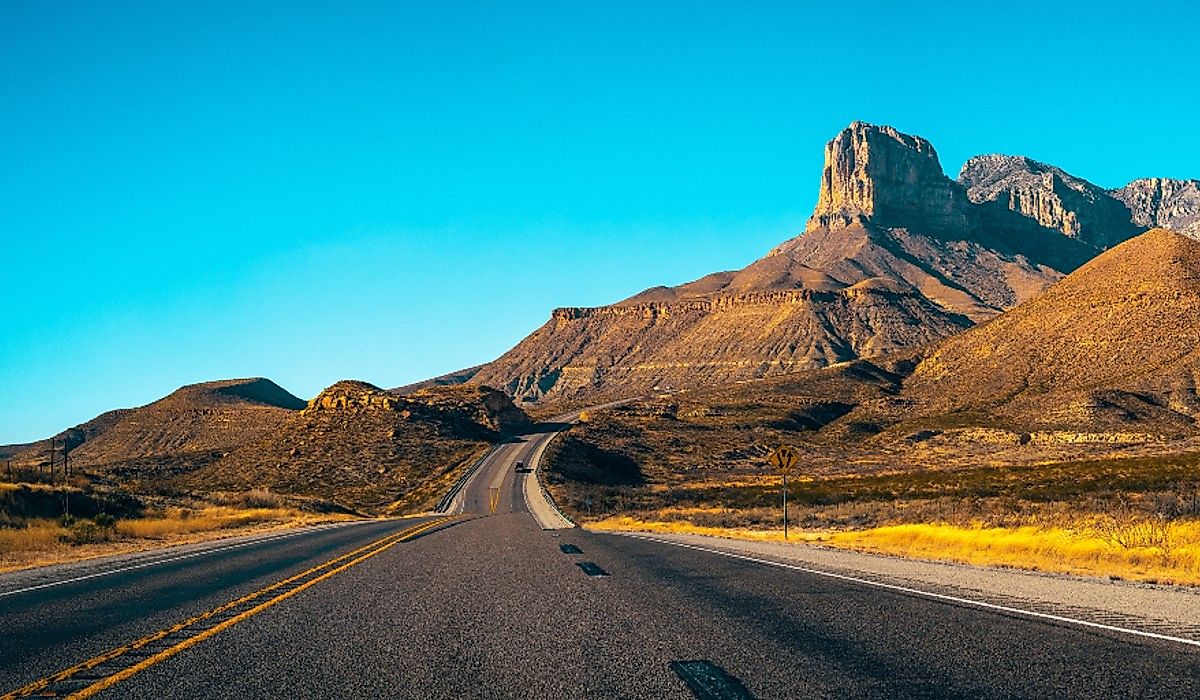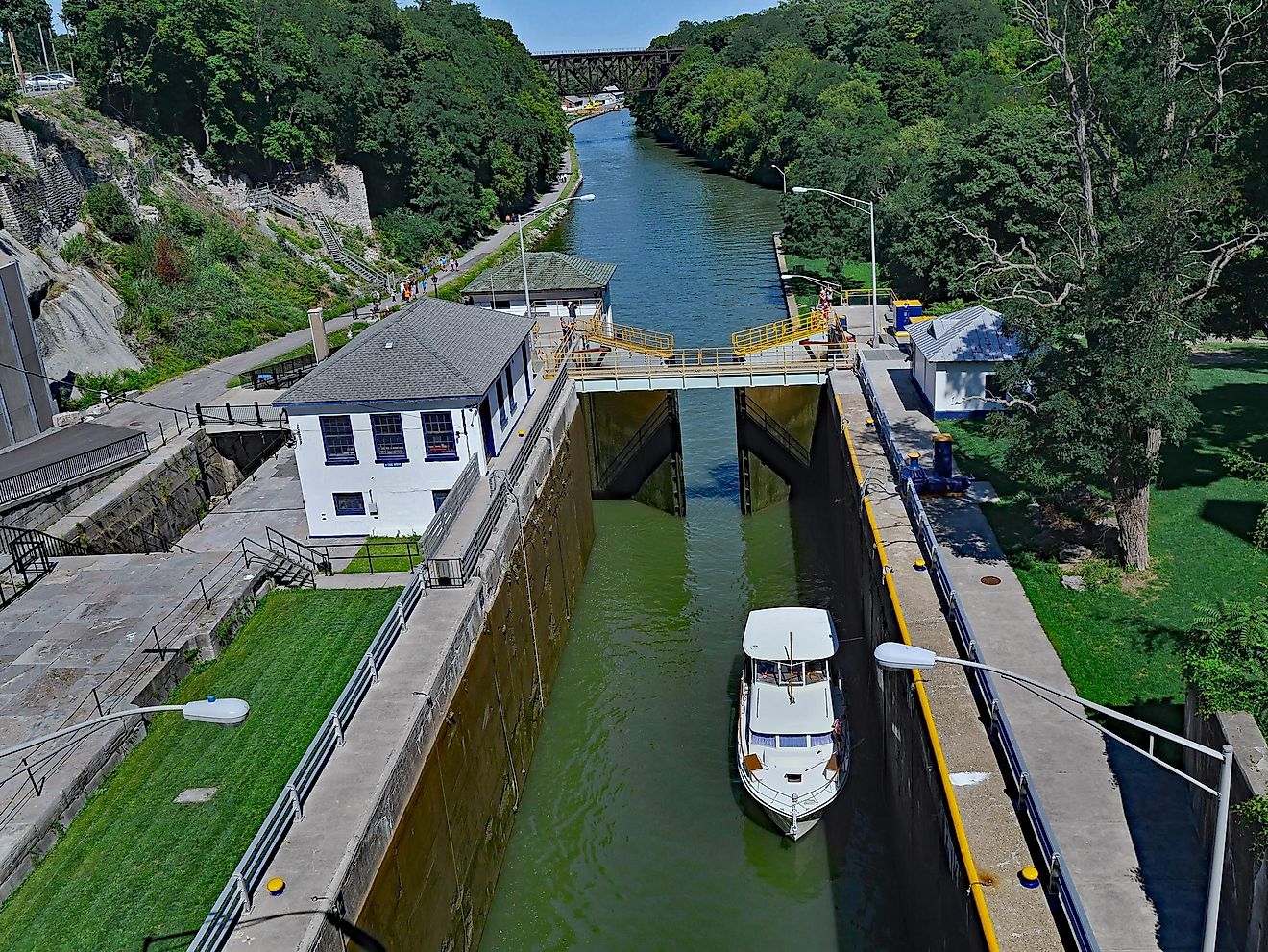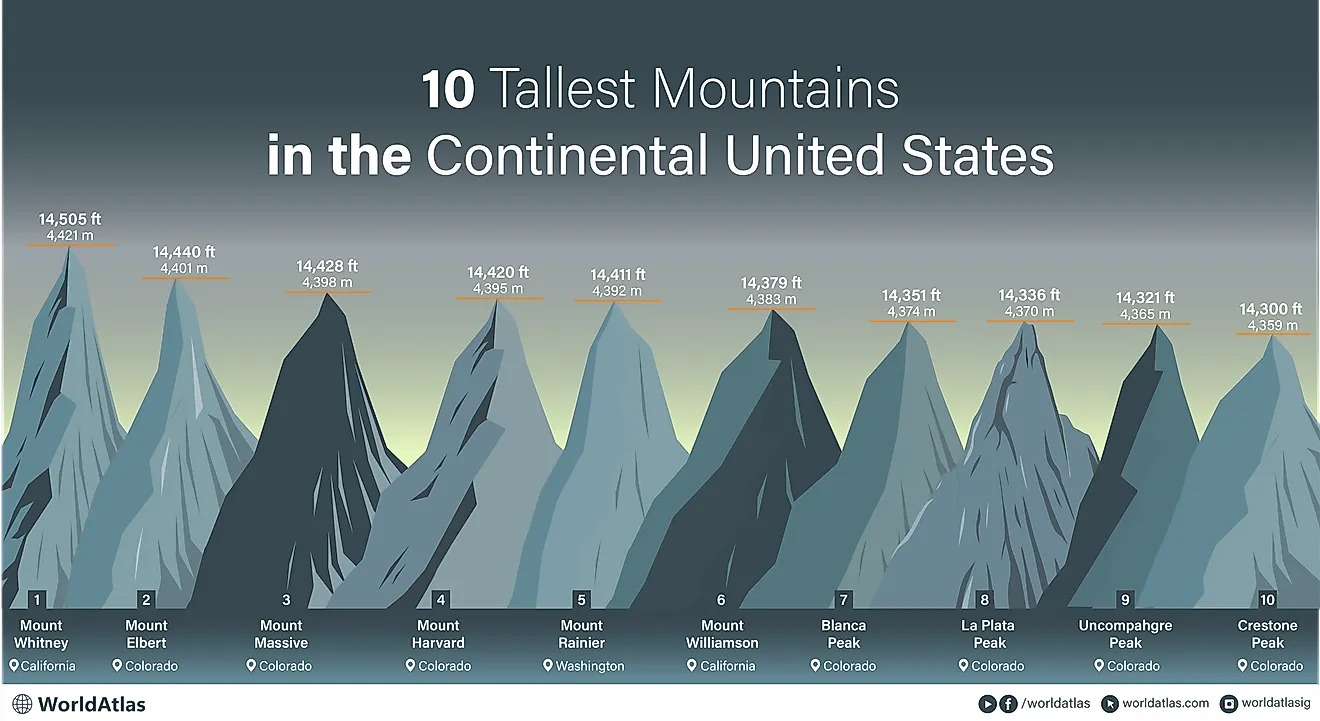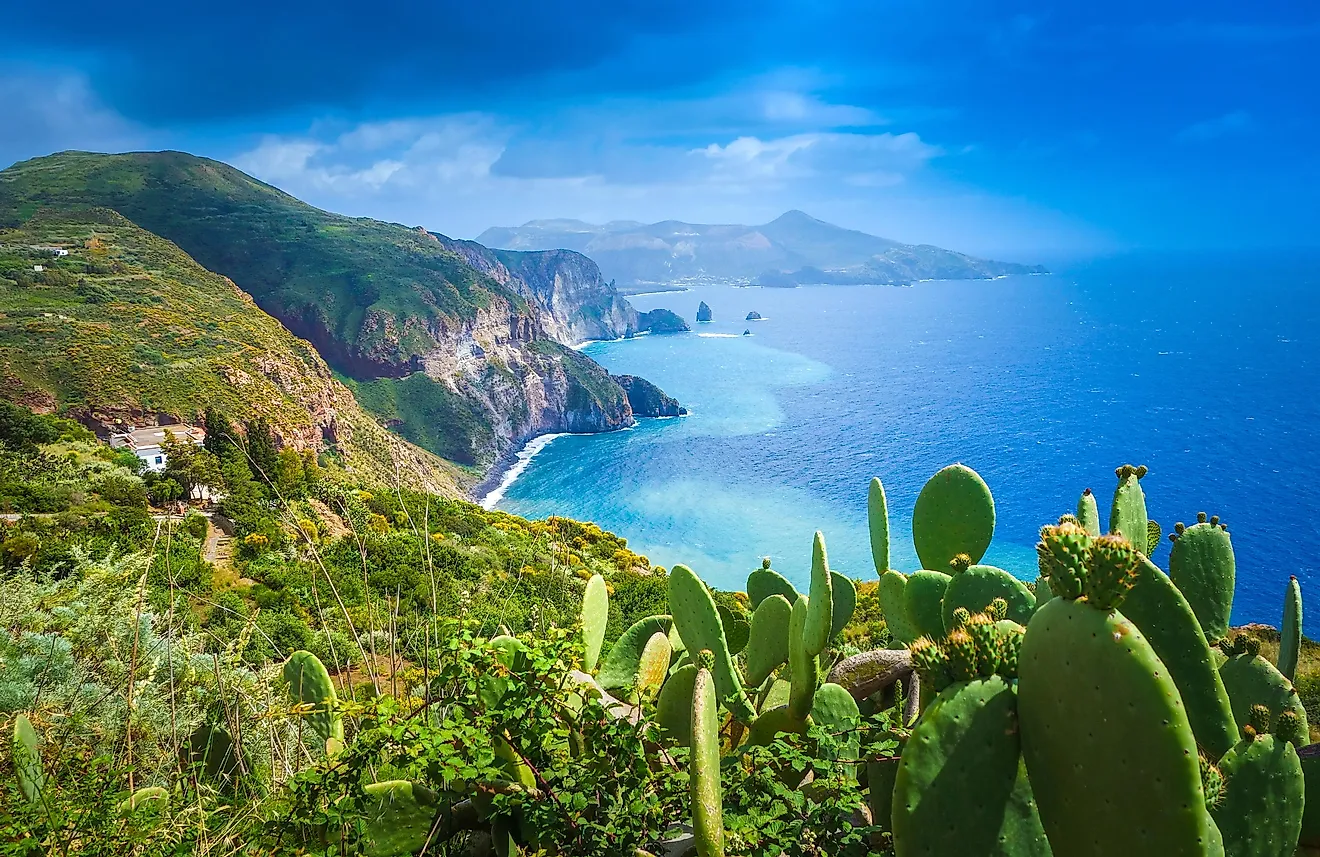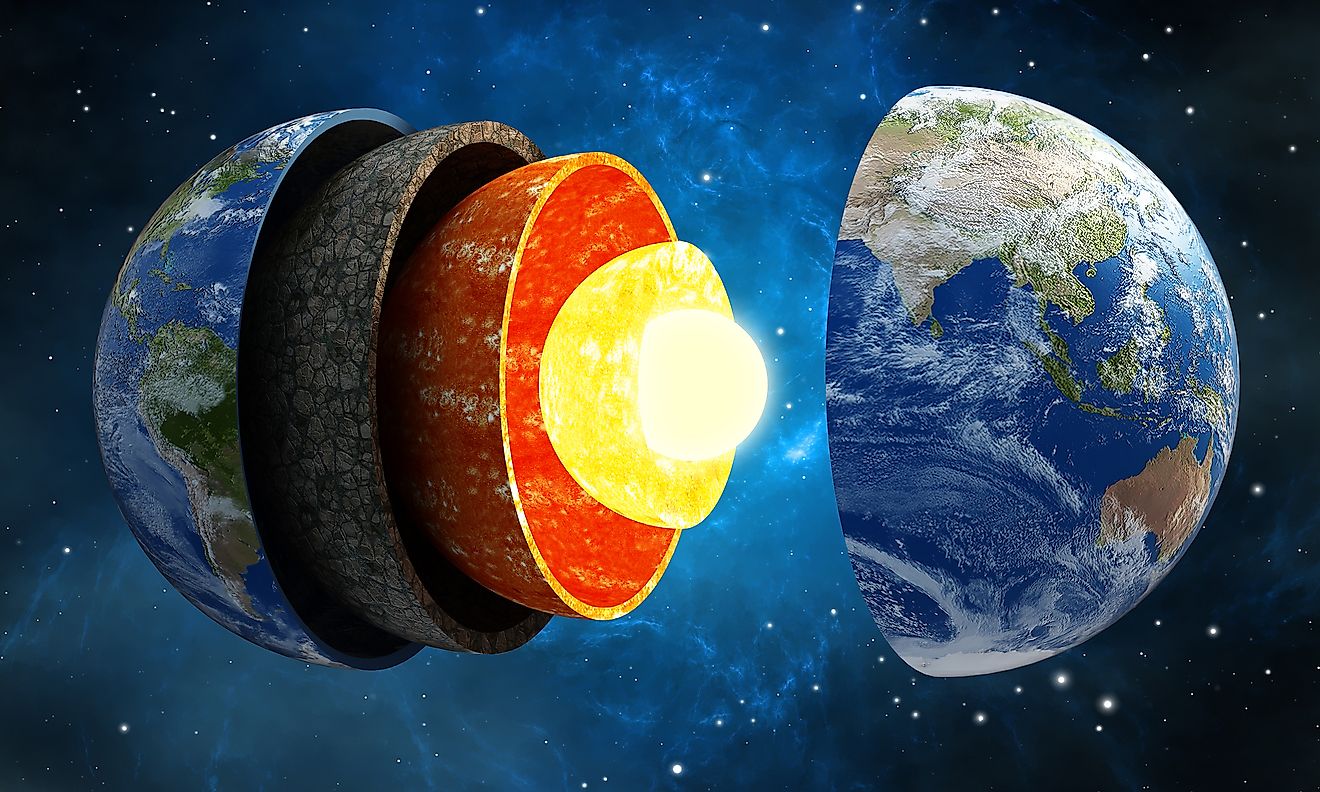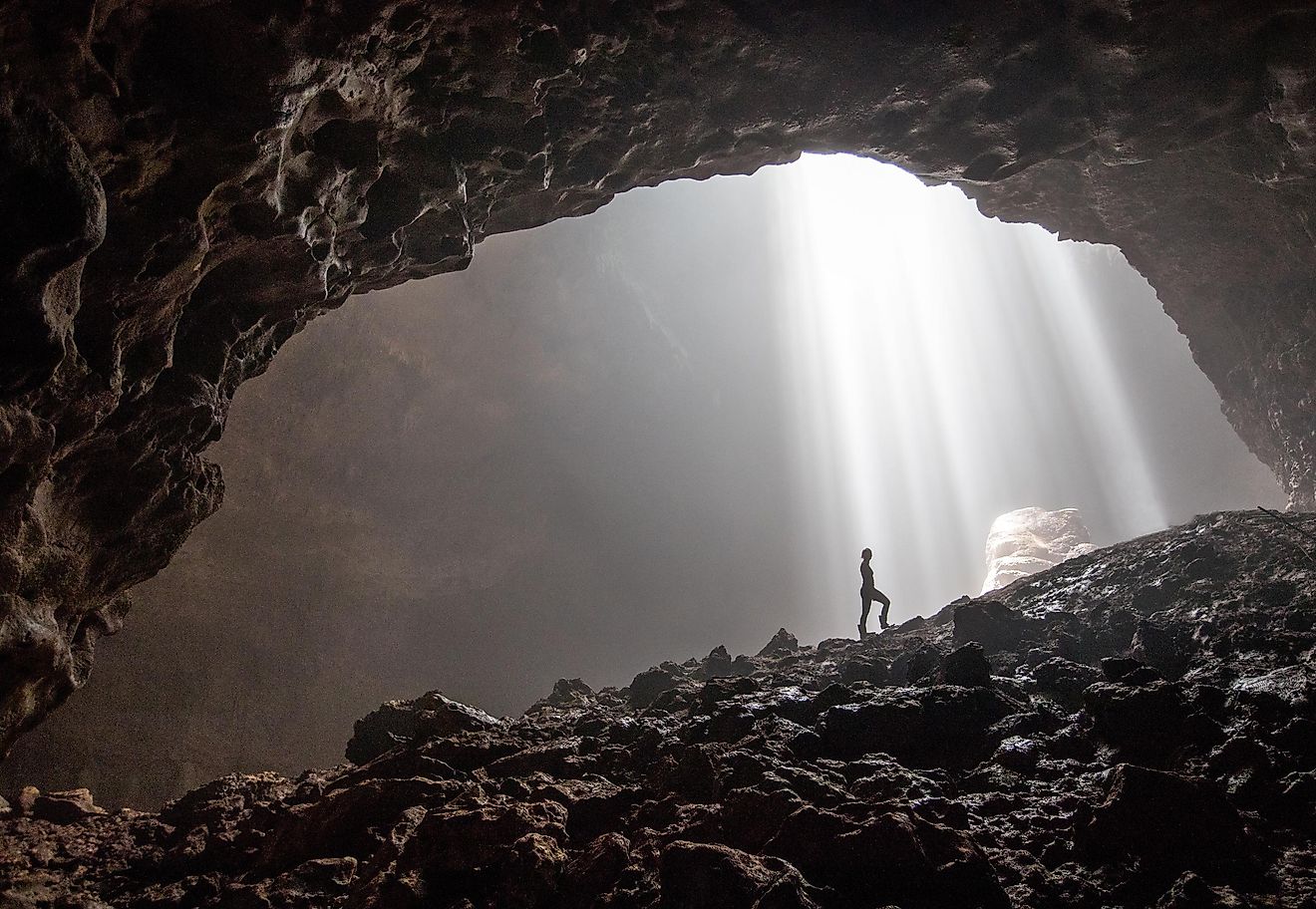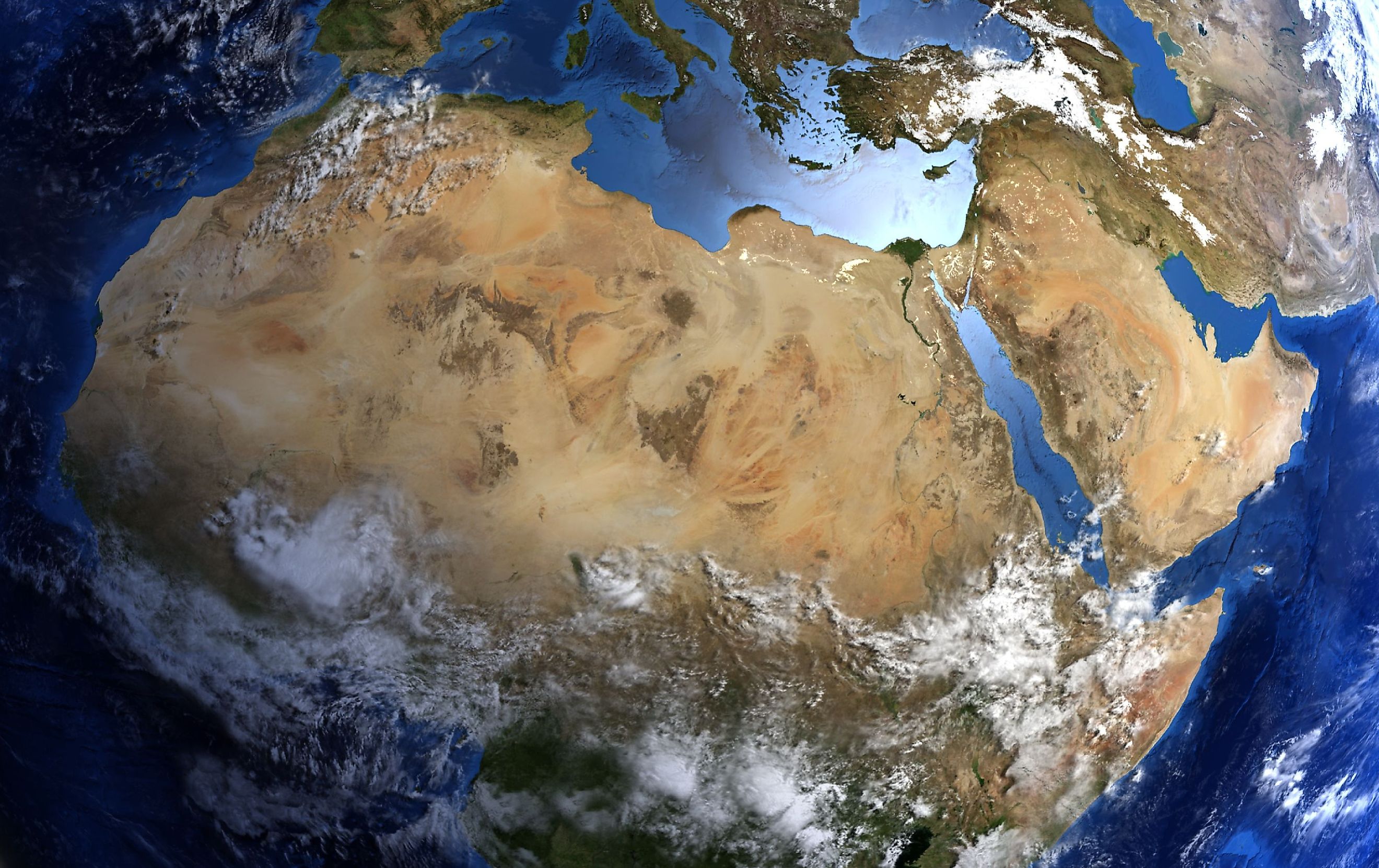
Why Is the Sahara Desert Expanding?
The Sahara Desert is a vast desert spanning over much of the northern half of the African continent. But, did you know that this massive desert is growing even bigger? Recent studies have concluded that its borders are slowly crawling ever more outward, with economic, ecological, political, and cultural implications being predicted to come along with these changes. Today, we will cover the possible reason why the Sahara is growing, and what this could mean for Africa and subsequently, the rest of the world.
What is the Sahara Desert?
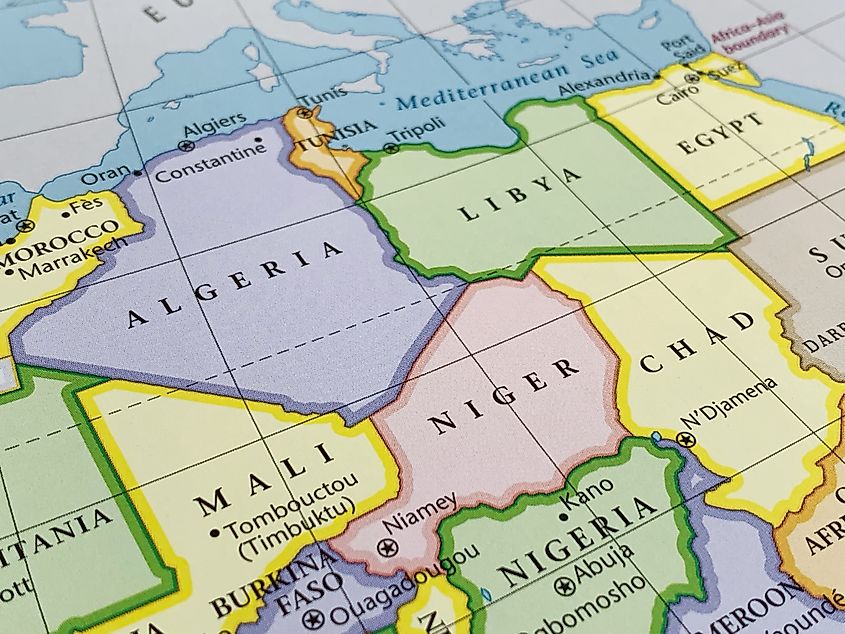
A map showing North African countries that cover the Sahara desert.
The Sahara Desert spans approximately 9.2 million square kilometers and is in fact the largest hot desert in the world. Located in North Africa, it covers parts of eleven countries, including Chad, Egypt, Libya, Mali, Mauritania, Morocco, Niger, Western Sahara, Sudan, Algeria, and Tunisia. This expanse of arid land is characterized by its often harsh climate, with massive temperature swings that can soar above 50 degrees Celsius during the day and plummet below freezing at night.
The Sahara's Geographic Landscapes
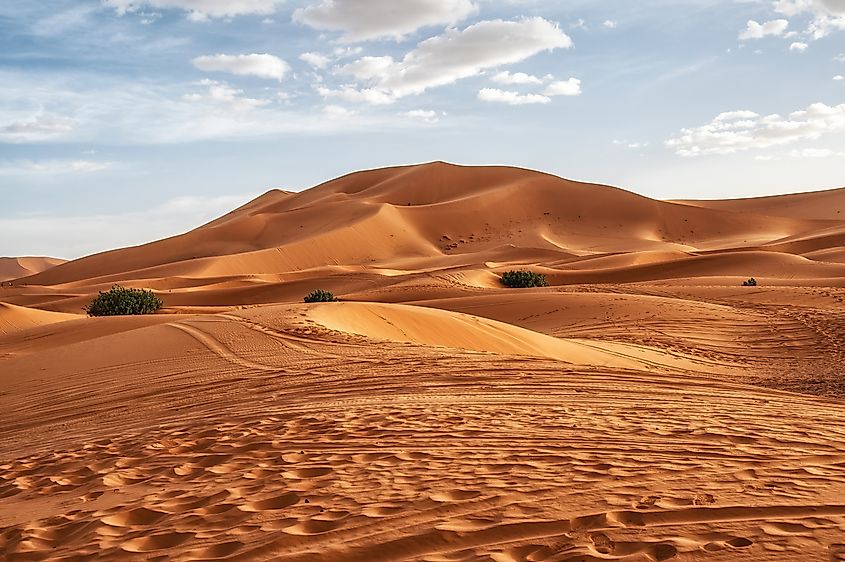
Sand dunes in the Sahara Desert in Merzouga near the Algerian border.
The Sahara is built up of a diverse amount of geographic landscapes, comprising mainly of sand dunes, gravel plains, rocky plateaus, and even some mountain ranges, such as the Ahaggar (with peaks rising above 9,500 feet) and Tibesti ranges (containing Mount Emi Koussi, a peak that rises a lofty 11,204 feet). Its iconic sand dunes, particularly in Algeria and Libya, can reach heights of up to 180 meters!
Even with its outwardly barren appearance, the Sahara contains a variety of ecosystems and supports a variety of plants and animals that are adapted to its extreme conditions. Sparse vegetation, such as acacia trees and drought-resistant shrubs, dots the landscape, while wildlife includes notable species like the fennec fox, dromedary camels, and various reptiles and insects.
Human Settlement and Historical Significance
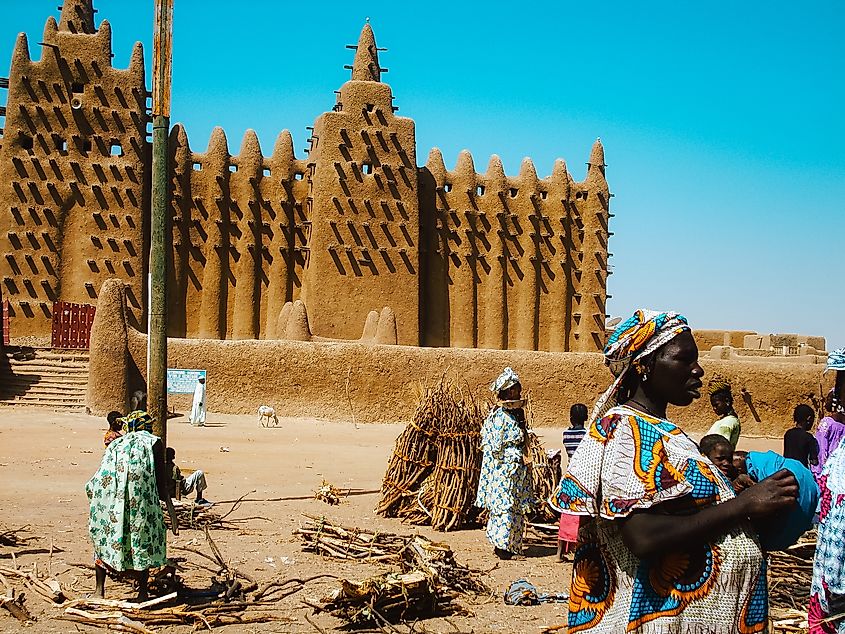
Timbuktu, Mali: Women selling wood in the market. Editorial credit: Tremens Productions / Shutterstock.com
Human settlement in the Sahara Desert is limited but historically significant. Nomadic tribes, such as the Tuareg and Berbers, have traveled this desert for centuries, passing through it mainly for trade while other groups of people wouldn't dare try (understandably). There are some oases, providing vital water sources, that serve as hubs for small to medium-sized towns and cities, like Ghardaia in Algeria and Timbuktu in Mali, the latter being a UNESCO World Heritage site.
In modern times, the Sahara's natural resources, such as oil and minerals, have gained economic importance and are the main economic drivers for the region besides tourism.
Is the Sahara Growing?
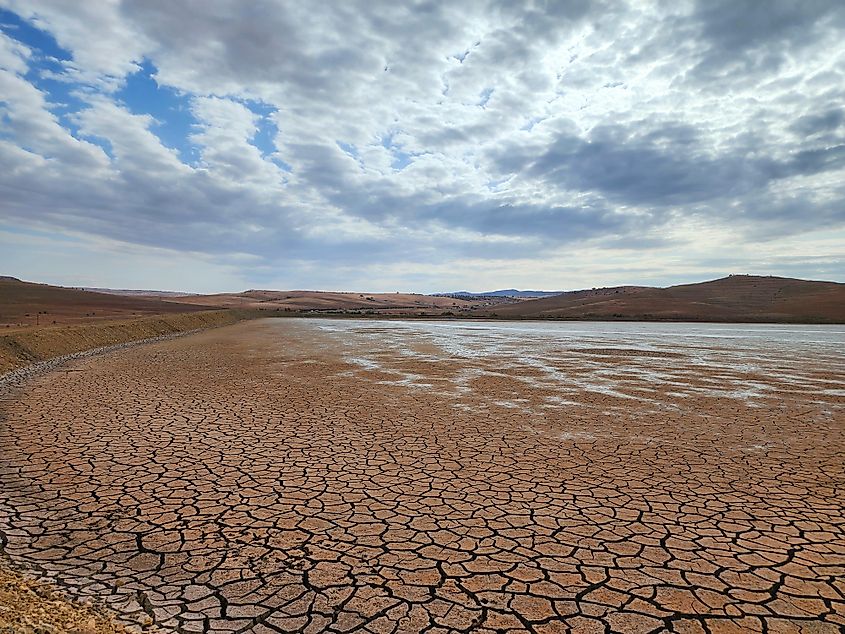
The barren expanse of a dry lake.
The short answer is yes. But, how do we know this? A number of studies, including one that spanned 93 years by researchers at the University of Maryland, have concluded that the sands of the Sahara have been expanding for some time, primarily southward into the Sahel region. Having grown an estimated 10% since 1920, this is an undeniable fact that continues to be demonstrated year after year, with expansion often at its fastest during the summer months when the already dry desert becomes even more absent of water.
Water, as you can imagine, is a highly valuable resource in this desolate region, a resource that in higher quantities, would allow more plants to grow and thus stop the growth of the Sahara. But this is not the case, and with increasing changes to our climate, we may see this process speed up over the coming years.
What Could be Causing it to Grow?
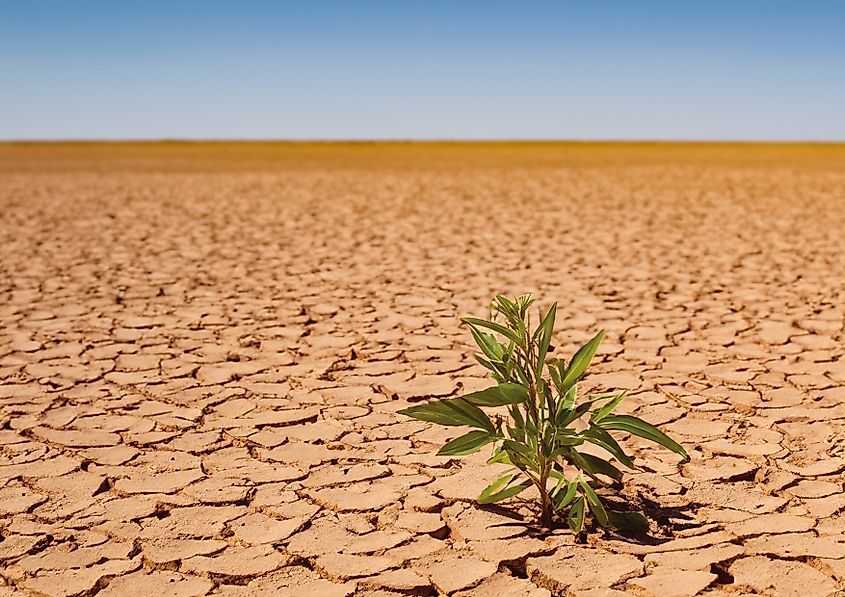
The growth of the Sahara Desert is mainly driven by natural climate variability and human-induced climate change. Naturally, a process called the Atlantic Multidecadal Oscillation (AMO), a periodic climate cycle in the North Atlantic Ocean, significantly influences this expansion by affecting regional rainfall patterns. In the case of the Sahara, during warm phases of the AMO, this region experiences drier conditions, causing the desert landscape to spread.
This natural spreading, as of recent decades, has tended not to revert back to a wetter and more hospitable climate during winter, and this can be attributed in part to global warming. Global warming exacerbates this issue by intensifying something called the Hadley circulation, a process that shifts the subtropical dry zone of the desert northward. In turn, this leads to the desert encroaching further and further south into the normally more lush Sahel region, worsening droughts and impacting the lives of millions who rely on agriculture (which requires lots of water and arable land) and causing other major issues for the people and wildlife who live there.
Greater Issues Related to this Changing Landscape
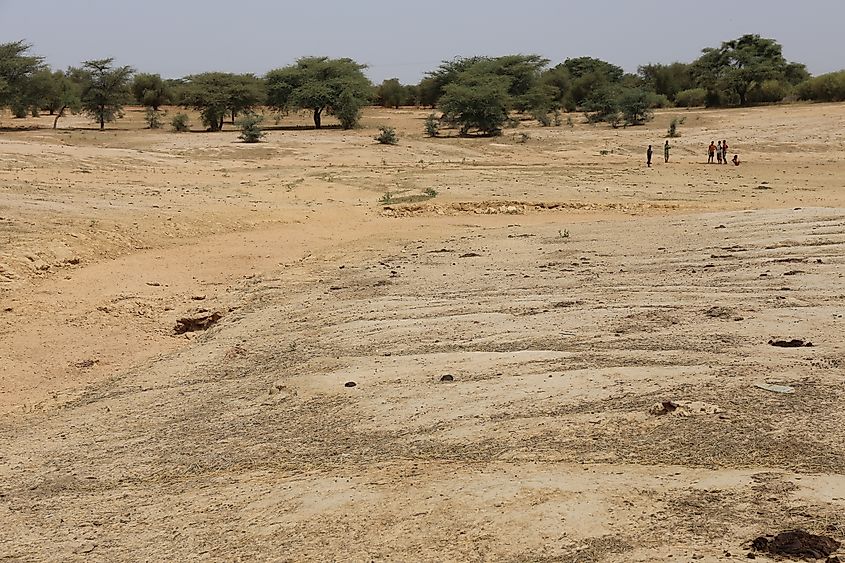
Arid landscape showing dry climate and ongoing desertification in northern Senegal.
The Sahara Desert's expansion is causing significant environmental and socio-economic issues. As mentioned, the southward creep of the desert into the Sahel is exacerbating drought conditions, making it difficult for local populations to maintain their agricultural and pastoral livelihoods. The loss of this farmland leads to food insecurity, pushing communities into poverty and increasing competition for resources. This can, and sometimes has, resulted in conflict and displacement as people migrate in search of more habitable areas.
The economic stability of the region is also threatened as a result. Many communities in and around the Sahara region rely on subsistence farming and livestock rearing, both of which are directly impacted by the desert's growth. As methods of attaining food become untenable, people may be forced to move to urban areas, leading to overpopulation and straining already limited resources and infrastructure in surrounding countries.
The Sahara's expansion also contributes to more than just problems for humanity. A loss of biodiversity, as habitats for various plant and animal species are diminished, has begun. The changing climate patterns disrupt ecosystems, leading to a decline in species that are unable to adapt to harsher conditions. This loss of biodiversity can have cascading effects on the environment, affecting everything from soil quality to water availability.
Strategies to Combat Desertification in the Sahara
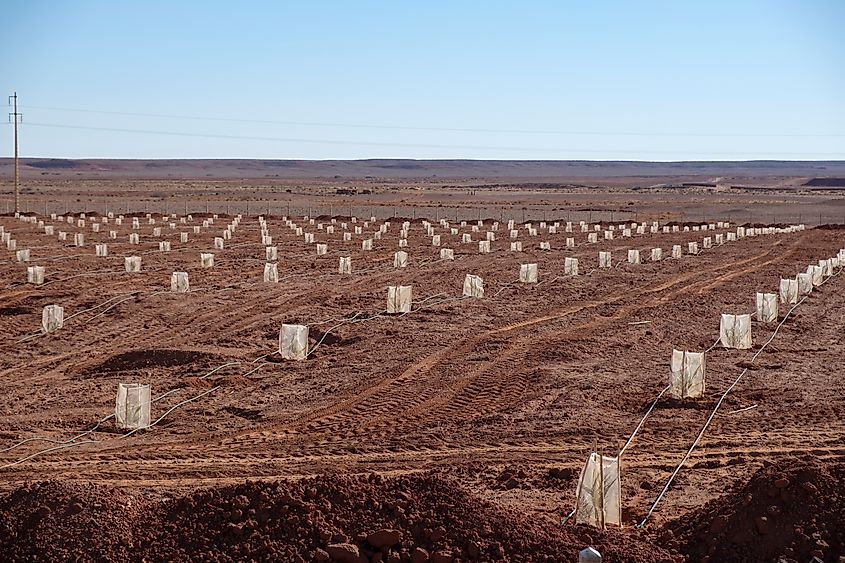
Reforestation program in the Moroccan desert.
As mentioned before, the Sahara's growth results from the complex interplay between natural cycles and climate change. Tackling this issue requires understanding these drivers and implementing strategies to mitigate their impacts on vulnerable regions. Reducing greenhouse gas emissions and adopting sustainable land management practices are some of the steps we can also take part in to help address the root causes of desertification.
More direct efforts to counteract the desert's advance include the "Great Green Wall" initiative, which aims to plant trees and vegetation across the Sahel to halt desertification and rejuvenate degraded lands that were once rich for agricultural and ecological purposes. This project not only serves as a barrier against the expanding desert but also promotes biodiversity, improves soil quality, and provides economic opportunities for local communities in the region to top it off.
Curbing the Sahara's expansion and ensuring a sustainable future for the Sahel and the people within or near the Sahara Desert is sadly just one of the many puzzles our world will have to face as the climate continues to change at a faster rate.




